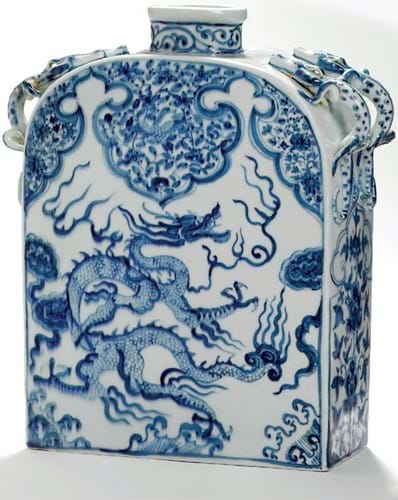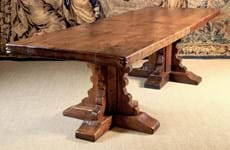The firm had planned to go ahead with the sale on November 27 after a thermoluminescence (TL) test at the Laboratory Kotalla suggested a 14th century date. The blue and white porcelain flask, similar to one in the V&A, was catalogued as Yuan dynasty (1280-1368).
The auction house estimated the work at DKr1m-1.5m (€135,000-200,000).
It won the auctioneer prize at the AAL event but the auction house returned the award after questions were raised.
In a statement, the auction house said: “Bruun Rasmussen acknowledges that there is still disagreement among connoisseurs and experts regarding the date of the flask and whether [scientific analysis is] enough to determine its age. Therefore [we decided to] auction the piece without any guarantee of its actual age.
“Though there was interest (phone bidders) before the sale, the seller was doubtful that the flask would obtain a fair price and wanted us to withdraw it until further notice.”
ATG COMMENT
Disputes over the dating of Chinese works of art are not uncommon. It is how a dealer or auctioneer chooses to deal with the differences of opinion that defines good practice.
On this occasion, despite the temptation to proceed with a potentially lucrative sale, Bruun Rasmussen will earn plaudits for acting in a transparent manner.















